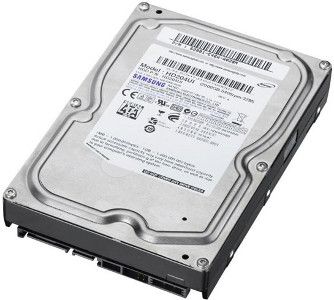Seagate and end of vertical data storage
I am surprised that seagate is still in business. Their newest response to data storage failure is "you should back it up". Except most of these large drives are already back-ups of existing data. Its a great way to sell more drives without having to maintain any significant qc in production. I recently had a 750gb FreeAgent pro, which was purchased new only a year ago, fail- or maybe fail. It took me almost an hour on their inanely secure website to find anything on the drive, as they seem to keep changing model numbers by one letter. I finally got through to a live person, which I have to admit was the most positive thing about the site, however he was unable to provide answers other than to say replace the drive, and you should back it up. So now with the 3tb drive coming on line, i can put all of my eggs in one basket- so to speak- and then buy another drive to back the first up, and probably a third to back the second one up!
I requested schematics as I want to see what i can do before giving up all hope and returning it - but they dont have any info - or at least they dont provide any info. Maybe these items are made by trial and error, without any diagrams or plans.
If anyone has any info in a ST307504FPB1E2-RK 750gb Free Agent Pro drive, like can i get a replacement SATA/USB connector, and will other power supplys work, and how can i see what else i can check, i would really appreciate your help..
PS The packaging was nice however.


